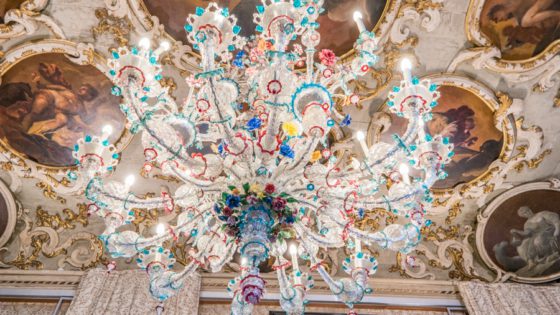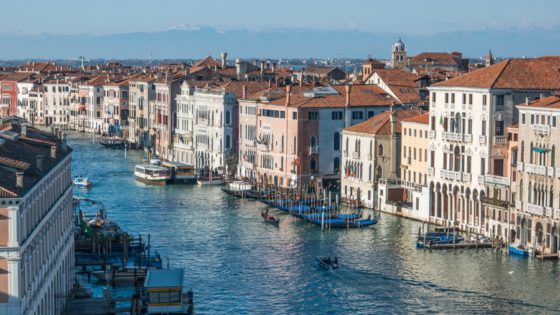
At the economic heart of the Republic of Venice, on the campo di San Giacometto, right after the Rialto bridge, and opposite to the oldest church in the city (according to the tradition), can be found a granite statue of a naked crouching man supporting a small flight of steps.
Sculpted by Pietro da Salò in the 16th century, and placed at a strategical location of the city, Il Gobbo di Rialto or the Hunchback of the Rialto was used as a podium for official proclamations. A commander would stand on the block and proclaim statutes of Venice or the names of offenders, at the same time as they were read out at Pietra del Bando, near Piazza San Marco. Another use of the statue, this one disapproved of by the officials of the church, was of a completely different nature and had to do with the “ punishment’ of minor misdemeanors such as robbery.
Il Gobbo was, indeed, the finishing point of a humiliating trail, during which the sentenced had to run naked, within the gauntlet of citizens lining the street from San Marco to Rialto, for ultimately having to show repentance by kissing the statue.
Fearing that it might become a symbol of freedom, the Senato della Repubblica asked for a cross to be carved on a column of an adjacent palace. This cross became, then, the new destination of the guilty party.
An intriguing fact worth mentioning is the relationship between the crouching man and one of the talking statues of Rome: the Pasquino. During the 16th century, anonymous satirical notes criticizing the Pope and the authorities were attached to this statue and thought to be coming from the Pasquino himself. This former, which must have developed an interest in external affairs, started to exchange correspondences with il Gobbo di Rialto during the following century. They would have discussions about the Republic of Venice, the Pope and the writings of some Cardinals of the time.
Kept outside, kissed and climbed on for centuries, il Gobbo was restored in 1836, with funds provided by the civic authorities, as indicated by the Latin inscription on the block above his head.
Find this location, on the map
To find more places, by location, you can consult our interactive map
Our selection of places to explore and where to eat, drink, shop …





